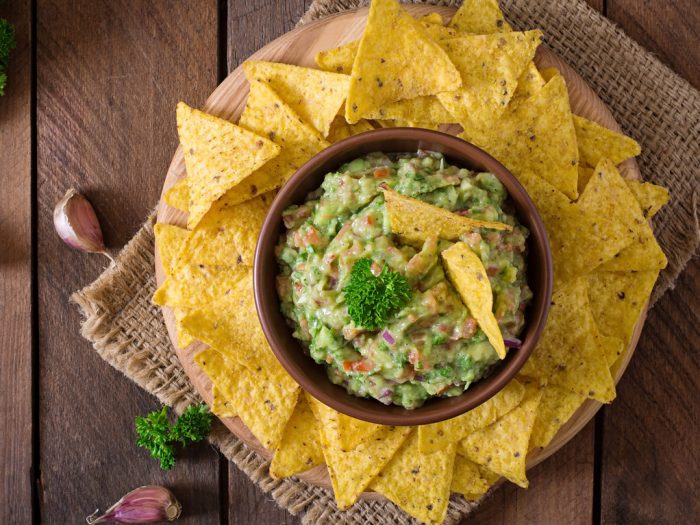If you’re like a lot of people, you’ve avoided fat your whole life because we’ve been told it’s unhealthy and it will not be kind to our figures. But fat in food has important functions. It has a huge hand in flavor, texture, and nutrition, to name just a few.
It’s not just that they have plenty of calories. Fats have a hand in a lot of chemical processes during cooking, eating and digesting. And they also have a lot to do with the way food looks. Don’t think about fatty, oil-dripping foods, because that is not what I’m talking about.

What’s the use of fat in food?
1. Helps nutrition
Having fatty foods might not seem like something that could help you. But here we are. Figuring this out. Like for instance, fat does help your nutrition, because there are vitamins which are soluble in fats. Like vitamins A, E, D, and K, all vital to your body. And they all depend on fats to be delivered wherever they’re needed in your body.
Fats also help deliver calories, especially for people who consume a whole lot of energy in their day to day lives.
2. Flavor
Have you ever noticed that things cooked in fat can be tastier than cooked otherwise? (For me it’s true, no matter how much I try not to think about that). That happens because the fat in food has an ability to absorb and preserve flavors. That’s why many times oils are infused with herbs and spices. And also fat contains compounds with their own flavor. Which adds to the flavor profile of the item cooked in fats.
3. Better looking food
A lot of foods look better and more appetizing after they’ve been cooked in fat. For instance, browned meat. It’s thanks to the fats that a steak can have that incredibly delicious mouth-watering golden brown look.
Also, have you ever noticed that low-fat milk looks watery and also has a watery taste? That happens because all of the fat has been drained from that milk. So the gorgeous dense appearance of milk owes a debt to the ability of fat to refract light.
4. Heat
Speaking of browning, fats in hot oil are the ones that help transfer heat to the food being cooked. Hot oil helps transfer high levels of heat to the surface of the food. Without undercooking the interior. At the same time, oil helps create the crust on the food. Which I think anyone on the planet can appreciate.
5. Creaminess and emulsions
Fat is essential for making emulsions like salad dressings, mayo, gravy, sauces of all kinds. Not to mention that emulsions made with fat are to thank for the creamy texture of delicious foods like those previously mentioned and ice cream on top of those!
Also fat tends to help crunchy and crispy things pass easier through your mouth. That’s why dry crackers, chips, and all kinds of snacks work amazingly with fatty dips.






